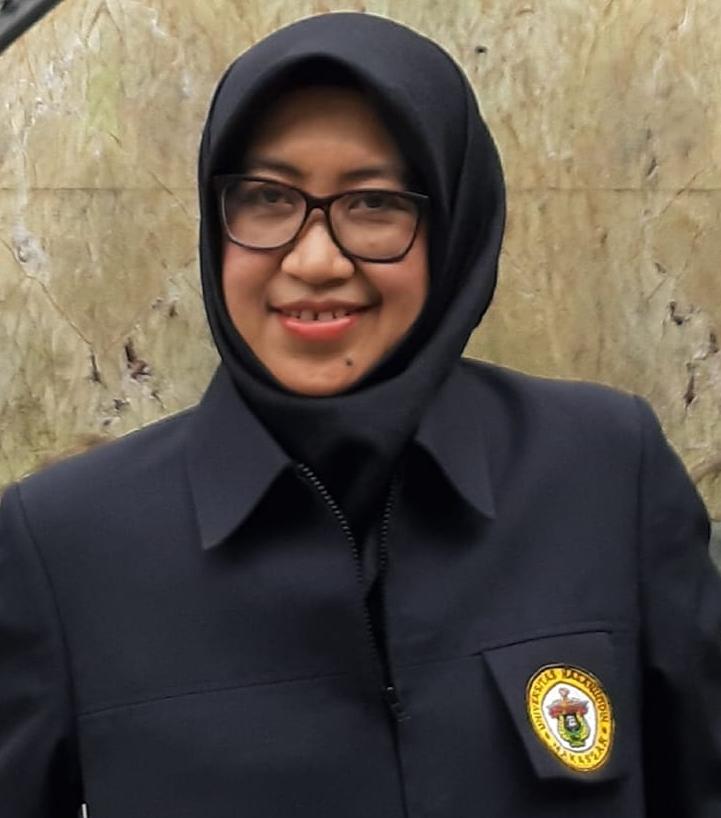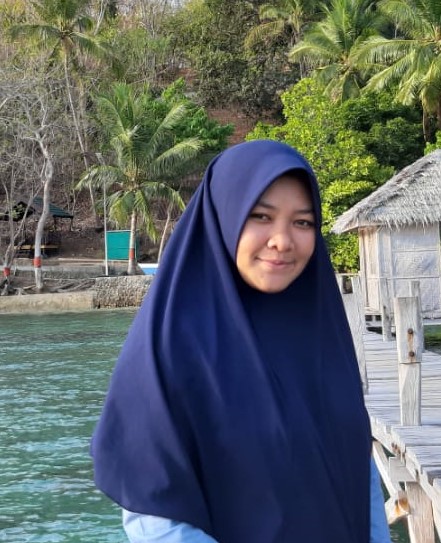Potensi Biofisik Hutan Kemasyarakatan Nanggala
DOI:
https://doi.org/10.24259/jhm.v0i0.4109Abstract
This study aims to analyze the biophysical potential of Nanggala Community Forest Area by inventorying vegetation types at each growth stage, calculating carbon stock, Important Value Index (IVI), and analyzing the species diversity index, and the types of NTFPs utilized. This research was conducted by taking observation plots and recording plant species and measuring tree diameter, as well as interviews with community forest farmer groups. The results showed that pine type is the most common plant in the growth category of trees, while in the growth category of piles, stakes, and seedlings are dominated by coffee. The total carbon stock of Nanggala community forest area averaged 100,93 ton per ha, the highest IVI value was 78,93% in pine type for tree growth category and 67,85% in coffee for pile growth category. The value of H 'in the community forest area in the Saddang watershed is categorized as being at all levels of growth. The NTFP’s potential spread in the location of the research object consists of honey, sugar palm, and bamboo.Downloads
Download data is not yet available.
Downloads
Published
2018-07-31
How to Cite
Faradiba, A. vika, Millang, S., & Rijal, S. (2018). Potensi Biofisik Hutan Kemasyarakatan Nanggala. Jurnal Hutan Dan Masyarakat, 145-153. https://doi.org/10.24259/jhm.v0i0.4109
Issue
Section
Articles



















